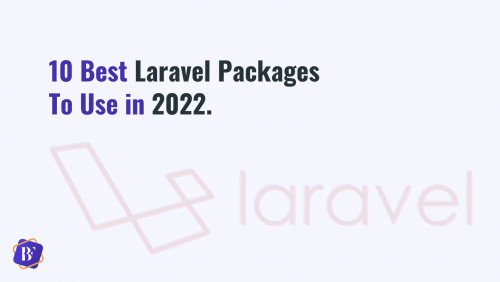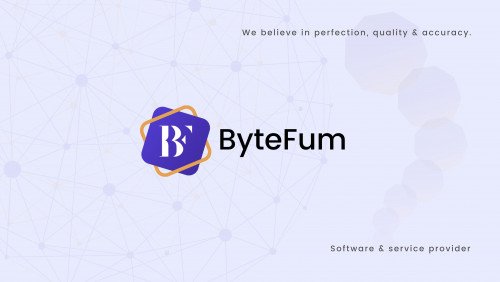Description
Laravel, as you may be aware, is a powerful framework, and the Laravel request lifecycle is the best place to start when you want to learn more about the framework itself. I’ll describe what occurs between an HTTP request to your application and the response. An in-depth examination of the request lifecycle will aid our understanding of the Laravel structure.
Autoloader, kernel, Service Providers, Dispatch Request, and Router are just a few of the terms used in the Laravel Request Lifecycle. Once you have a thorough understanding of all of the terms, you will be more confident and at ease with the framework, and you will be able to extend various features in any way you see fit.
Laravel Request Lifecycle Overview
- index.php file serves as the entry point for all requests to a Laravel application.
- The file loads the composer-generated autoloader definition before retrieving the Laravel application model from bootstrap/app.php.
Http/Console Kernels
- During the Laravel request lifecycle, the incoming request is sent to the HTTP Kernel or the Console Kernel.
- The HTTP kernel defines a list of HTTP middleware via which all requests must pass before being handled by the application.
Services Providers
All the services providers for the app are configured in the config\app.php.
- Laravel iterate via the list of providers and instantiate each of them.
- After instantiating the providers, the register method will be called on all the providers.
- Then, once all of the providers have been registered, the boot method will be called for each provider.
The Service providers in the Laravel request lifecycle are in charge of bootstrapping all of the framework’s key elements
- Database.
- Queue.
- Validation.
- Routing Components.
Routing
Route Service Provider loads the route files contained within the application’s routes directory.
- Once the application has been bootstrapped and all Service Providers have been registered, the Request will be handed off to the router for dispatching.
- The route will dispatch the request to a route or controller & run route middleware.
- Middleware provides a convenient mechanism for filtering or examining HTTP Requests entering your application.
Response
And the final step in the Laravel Request Lifecycle, is returning a response.
- All routes and controllers should provide a response that should be sent back to the user’s browser.
- Laravel provides several different ways to return responses.
- When a route or controller method returns a response, the response will flow back outward through the route’s middleware, allowing the application the opportunity to alter or examine the outgoing response.
- A response instance is derived from the
Symfony\Component\Http\Foundation\Responseclass, which provides a number of methods for constructing HTTP responses. - One of the advantages returning a full
Responseinstance, is that you can alter the HTTP status code and headers of the response. - Once the response has passed through the middleware,
- The HTTP kernel’s handle() method provides the response object,
- And the index.php file uses the returned response to call the send() method.
- The send() method sends the response content to the user’s web browser.
.png)
.gif)
-thumb.jpg)
-thumb.jpg)


-thumb.jpg)
